Last Updated on 21/11/2023 by Manolis Maragkoudakis
360-Degree Virtual Tours: Enhancing Real Estate and Tourism
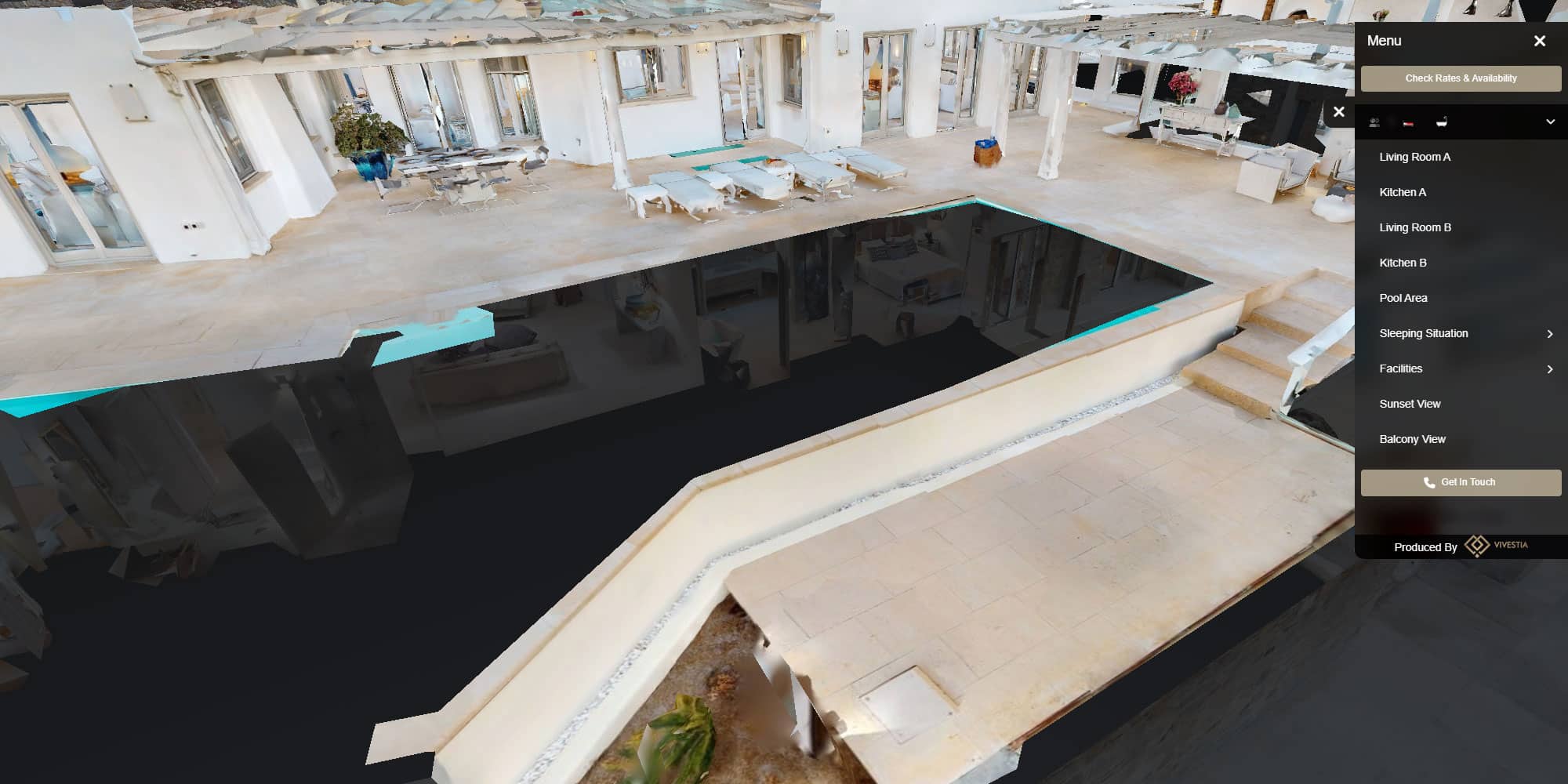
360-Degree Virtual Tours – A Game-Changer for Real Estate and Tourism Experiences
Step into the future of real estate and tourism experiences with 360-degree virtual tours, a game-changer that is revolutionizing the way we explore properties and travel destinations.
Imagine being able to stroll through a luxurious beachfront property or wander through the ancient ruins of a historical site, all from the comfort of your own home. The immersive nature of 360-degree virtual tours not only provides a realistic and interactive viewing experience but also eliminates the constraints of time and location.
Understanding 360-degree Virtual Tours
360-degree virtual tours are a groundbreaking form of technology that enables viewers to explore a space in a fully immersive and interactive manner. Unlike traditional static images or standard video tours, 360-degree virtual tours allow users to navigate through a property or destination from every angle, providing a comprehensive and realistic experience.
By utilizing specialized cameras and software, these tours capture a complete 360-degree view of the environment, enabling viewers to feel as if they are physically present in the space.
The seamless integration of high-resolution imagery and interactive elements, such as clickable hotspots and informational pop-ups, further enhances the immersive experience of 360-degree virtual tours.
This technology has gained significant traction in various industries, particularly in real estate and tourism, where the visual representation of properties and destinations plays a crucial role in attracting potential buyers and travelers.
360-degree virtual tours are not limited to just indoor spaces; they can also showcase outdoor environments, landscapes, and panoramic views, providing a comprehensive and captivating visual experience. Whether used for showcasing residential properties, commercial spaces, or tourist attractions, 360-degree virtual tours offer a dynamic and engaging way for users to explore and interact with their surroundings.
Advantages of Using 360-degree Virtual Tours in Real Estate and Tourism
The adoption of 360-degree virtual tours in the real estate industry has proven to be a game-changer, offering numerous benefits for both buyers and sellers.
For prospective buyers, virtual tours provide the convenience of exploring properties remotely, eliminating the need for physical visits to multiple locations. This not only saves time and resources but also allows potential buyers to conduct a preliminary assessment of properties before deciding to schedule an in-person viewing.
Sellers and real estate agents also benefit from 360-degree virtual tours as they can showcase properties to a wider audience without the limitations of physical open houses or individual showings. The immersive nature of virtual tours captures the attention of potential buyers and helps to generate more qualified leads.
Additionally, virtual tours can significantly reduce the time a property spends on the market, leading to faster sales and increased customer satisfaction.
In the tourism sector, 360-degree virtual tours play a pivotal role in enhancing the overall travel experience for consumers. Travelers can virtually explore accommodations, attractions, and destinations, gaining a realistic preview of their intended destinations before making booking decisions.
This not only helps in trip planning but also contributes to a more informed and satisfying travel experience, ultimately leading to higher customer satisfaction and positive reviews for tourism businesses.
Impact of 360-degree Virtual Tours on Consumer Behavior
The introduction of 360-degree virtual tours has had a profound impact on consumer behavior within the real estate and tourism industries. In real estate, prospective homebuyers are increasingly relying on virtual tours to narrow down their property search, with studies indicating that properties featuring virtual tours receive a significantly higher number of inquiries and showings compared to those without virtual tours. The immersive and interactive nature of virtual tours captivates potential buyers, leading to increased engagement and a higher likelihood of converting leads into sales.
Similarly, in the tourism sector, virtual tours have become a valuable tool for influencing consumer behavior. Travelers are more likely to book accommodations and attractions that provide comprehensive virtual tours, as it gives them a better understanding of what to expect during their trip.
The ability to virtually explore destinations and attractions creates a sense of anticipation and excitement, driving consumer interest and influencing their travel decisions. As a result, businesses that leverage 360-degree virtual tours in their marketing strategies often experience higher conversion rates and increased customer satisfaction.
The interactive and immersive nature of 360-degree virtual tours has fundamentally transformed the way consumers engage with real estate properties and tourist destinations, shaping their preferences and decision-making processes.
As virtual tours continue to gain popularity, their impact on consumer behavior is expected to become even more pronounced, leading to a shift in the way properties are marketed and travel experiences are planned.
How to Create a Captivating 360-degree Virtual Tour
Creating a captivating 360-degree virtual tour requires careful planning, attention to detail, and the use of specialized equipment and software. The process typically begins with capturing high-resolution 360-degree images or videos using a specialized camera system designed for panoramic photography. These images are then stitched together using dedicated software to create a seamless and immersive viewing experience.
In addition to high-quality imagery, the inclusion of interactive elements such as clickable hotspots, informative annotations, and integrated multimedia content can enhance the overall appeal of the virtual tour. These interactive features allow viewers to gain additional insights, access relevant information, and engage with the environment, creating a more enriching and informative experience.
Furthermore, optimizing the virtual tour for compatibility across different devices and platforms is essential to ensure a seamless viewing experience for all users. Whether accessed on a desktop computer, mobile device, or virtual reality headset, the virtual tour should be optimized for performance and interactivity, allowing users to navigate and explore the space effortlessly.
By paying attention to the technical aspects of virtual tour creation, as well as incorporating engaging and informative elements, creators can ensure that their 360-degree virtual tours are captivating, informative, and appealing to their target audience.
Integrating 360-degree Virtual Tours into Real Estate Marketing Strategies
The integration of 360-degree virtual tours into real estate marketing strategies has become increasingly prevalent, as more agents and sellers recognize the value of this technology in showcasing properties to potential buyers. Virtual tours offer a competitive edge by providing an immersive and engaging experience that sets properties apart from traditional listings.
When incorporating virtual tours into marketing efforts, real estate professionals should strategically feature virtual tours on property listings, websites, and social media platforms to maximize exposure. Additionally, leveraging virtual reality (VR) technology to offer immersive experiences for potential buyers can further enhance the impact of virtual tours in real estate marketing.
Furthermore, integrating virtual tours with other marketing collateral, such as high-quality photos, detailed property descriptions, and neighborhood information, creates a comprehensive and compelling listing that attracts and retains the attention of prospective buyers. By seamlessly integrating virtual tours into their marketing strategies, real estate professionals can effectively showcase properties, attract qualified leads, and ultimately accelerate the sales process.
Leveraging 360-degree Virtual Tours for Tourism Promotion
In the tourism industry, the use of 360-degree virtual tours has become a powerful tool for promoting destinations, accommodations, and attractions to potential travelers. By offering virtual tours of hotels, resorts, landmarks, and cultural sites, tourism businesses can provide an immersive preview of the travel experience, enticing potential visitors and inspiring them to plan their trips.
Tourism promotion efforts can leverage virtual tours to create compelling and engaging content for websites, social media channels, and online travel platforms. By showcasing the unique features and experiences of a destination through virtual tours, tourism businesses can capture the imagination of travelers and encourage them to explore the destination further.
Moreover, integrating virtual tours with booking platforms and travel itineraries enhances the overall trip planning experience for travelers, enabling them to make informed decisions and visualize their travel experiences before embarking on their journeys. By leveraging virtual tours for tourism promotion, businesses can effectively showcase their offerings, attract more visitors, and differentiate themselves in a competitive market.
Best Practices for Optimizing 360-degree Virtual Tours for Search Engines
To ensure maximum visibility and reach, optimizing 360-degree virtual tours for search engines is essential. By following best practices for search engine optimization (SEO), creators can enhance the discoverability and ranking of their virtual tours in search results, driving more traffic and engagement.
Start by optimizing the metadata of the virtual tour, including descriptive titles, keywords, and relevant tags that accurately represent the content of the tour. This allows search engines to index and categorize the virtual tour effectively, making it more likely to appear in relevant search queries.
Additionally, embedding virtual tours on websites with descriptive and keyword-rich content can improve the overall SEO performance of the tour. The inclusion of relevant text, captions, and contextual information alongside the virtual tour enhances its relevance and authority, contributing to higher search rankings and organic visibility.
Furthermore, promoting virtual tours across various online platforms, such as social media, travel forums, and industry-specific websites, can generate backlinks and referral traffic, further enhancing the SEO value of the virtual tour. By implementing these best practices, creators can optimize their 360-degree virtual tours for search engines, ensuring that they reach a wider audience and attract more engagement.
Future Trends and Innovations in 360-degree Virtual Tours
As technology continues to evolve, the future of 360-degree virtual tours holds exciting prospects for innovation and advancement. One emerging trend is the integration of virtual reality (VR) technology with 360-degree tours, allowing users to experience properties and destinations in a fully immersive VR environment. This convergence of VR and 360-degree tours enhances the sense of presence and realism, offering a truly transformative viewing experience.
Furthermore, advancements in camera technology and software are expected to further improve the quality and interactivity of virtual tours, enabling creators to capture even more detailed and immersive environments. The development of AI-powered features, such as personalized tour experiences based on user preferences and behavior, is also anticipated to enhance the customization and engagement levels of virtual tours.
Moreover, the integration of augmented reality (AR) elements within virtual tours presents new opportunities for interactive and informative experiences, allowing users to overlay additional information and interactive content onto the real-world environment as they explore the tour. These advancements signify a shift towards more dynamic, personalized, and interactive virtual tour experiences, shaping the future of how properties and destinations are showcased and experienced.
Conclusion
In conclusion, 360-degree virtual tours are revolutionizing the real estate and tourism industries by providing immersive, interactive, and informative experiences for consumers. The advantages of virtual tours in terms of convenience, engagement, and influence on consumer behavior make them a valuable asset for real estate marketing and tourism promotion.
As technology continues to advance, the future of 360-degree virtual tours holds promise for even more innovative and transformative experiences, shaping the way properties are showcased and travel experiences are planned. Embracing the potential of 360-degree virtual tours is not only a game-changer for real estate and tourism but also a glimpse into the future of immersive digital experiences.

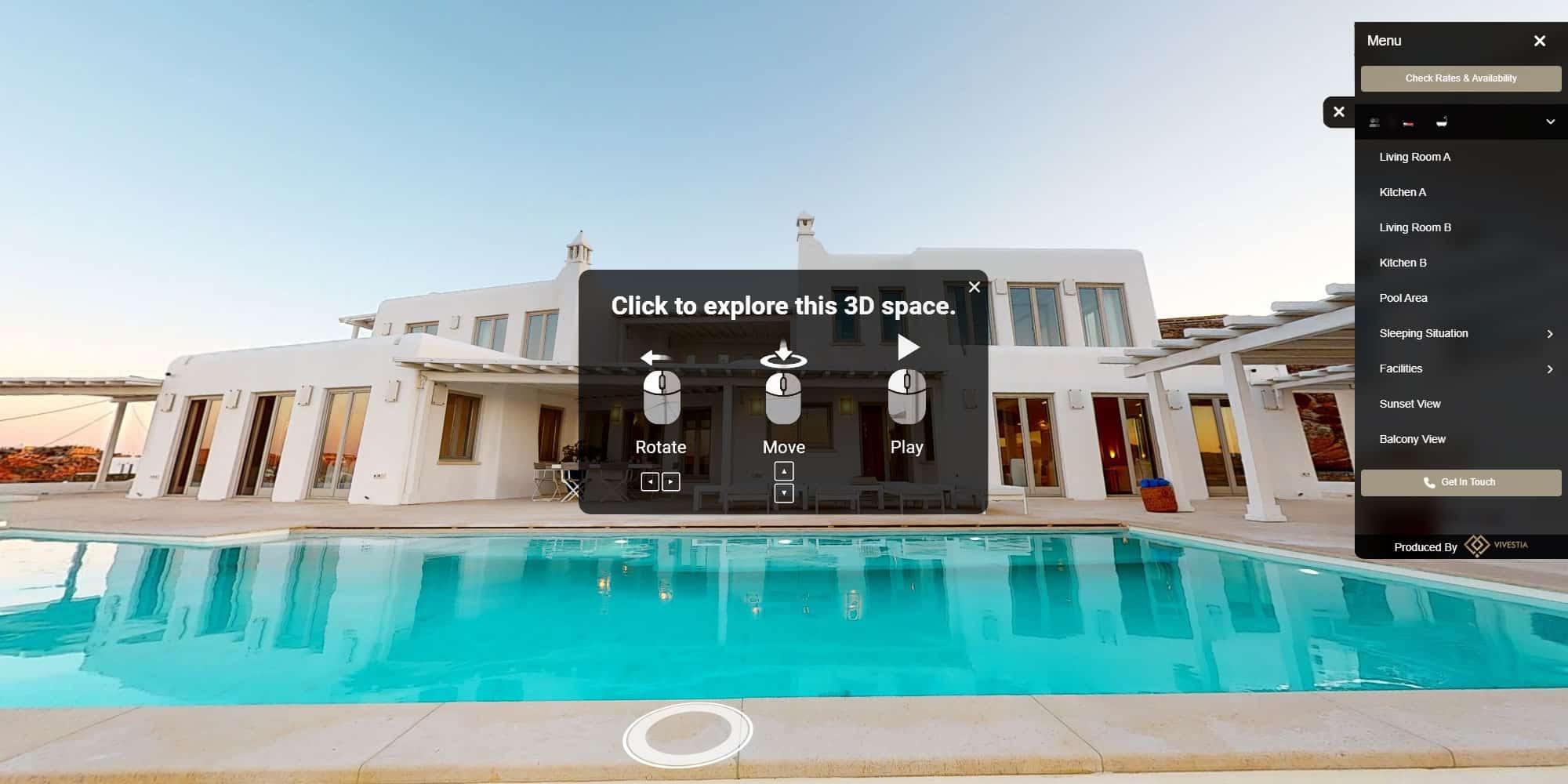
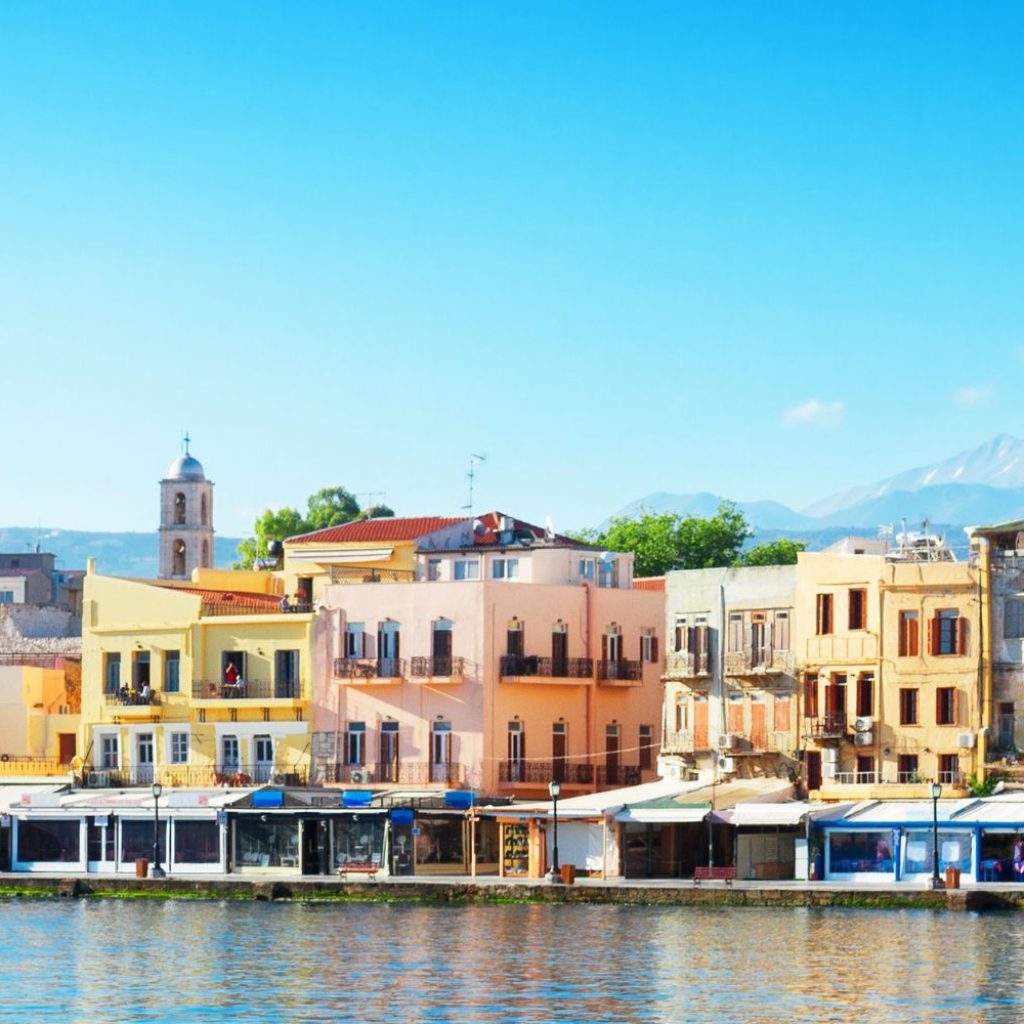
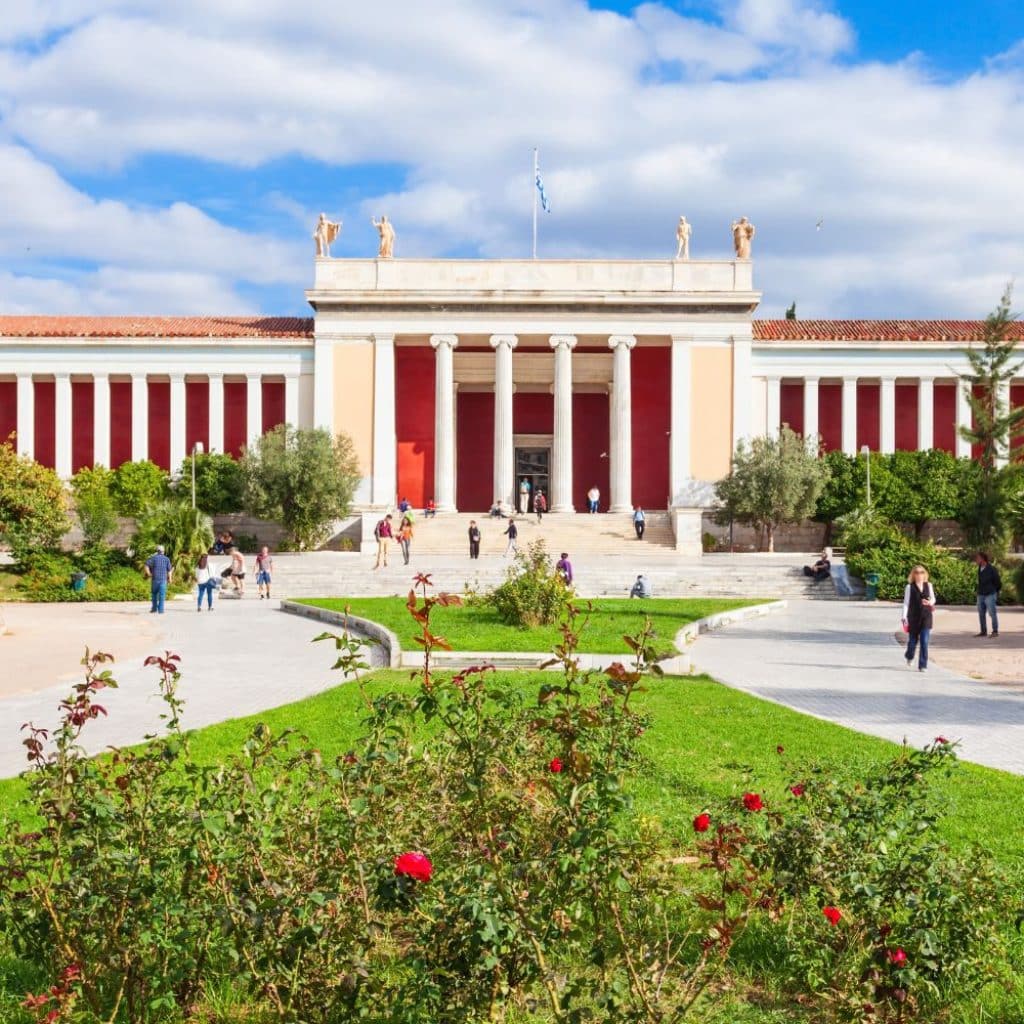
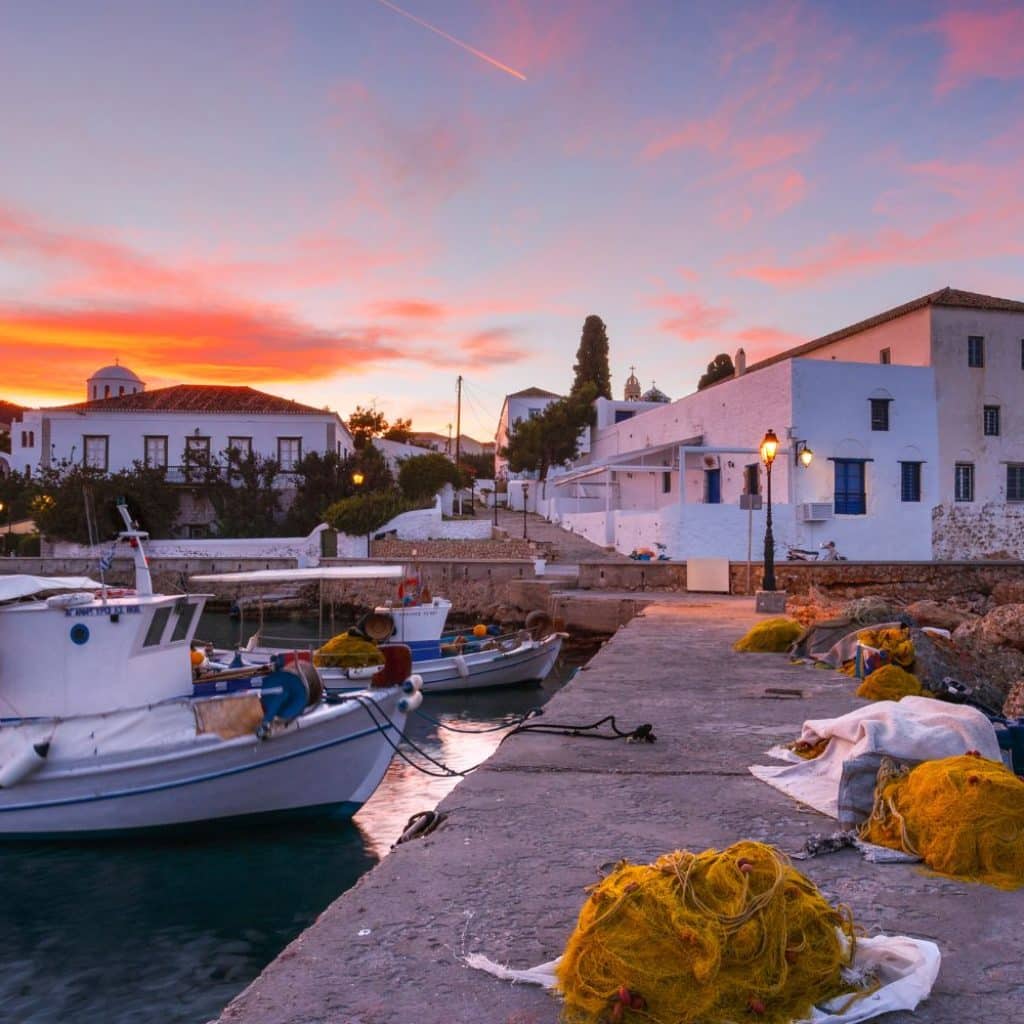

Post Discussion